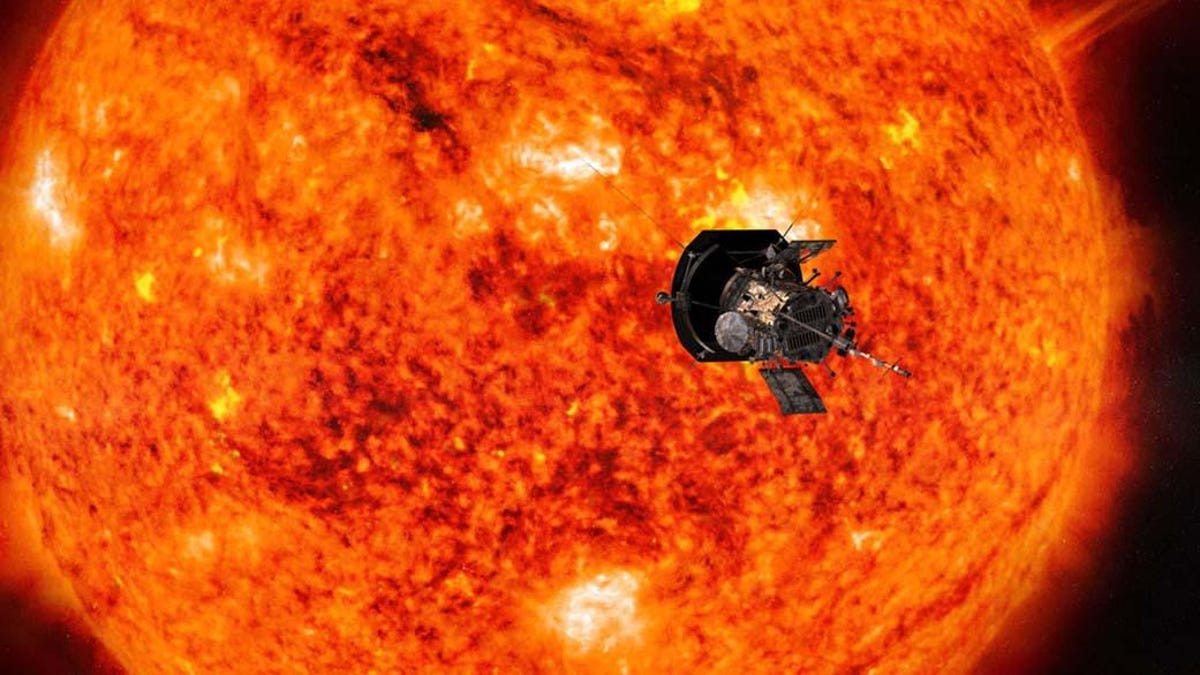NASA readies probe to touch the sun with 'cutting-edge heat shield'
It's getting hot in here, so protect all your probes.

For the first time in human history, we are going to "touch the sun".
As NASA prepares for an Aug. 4 launch, it has unveiled a "cutting-edge heat shield", installed on June 27, that will keep the spacecraft from being burnt to a crisp.
The probe's mission will take it within 4 million miles of the sun, a region of space never before visited by a human-made spacecraft. For comparison's sake, the closest that Mercury ever gets to the sun is approximately 29 million miles. Getting that close to what is, essentially, a giant ball of fire requires some significant enhancements.
That's where the Thermal Protection System comes in.
The heat shield is a rounded "carbon-carbon composite sandwiching a lightweight carbon foam core." It is also sprayed with "a specially formulated white coating to reflect as much of the Sun's energy away from the spacecraft as possible."
The shield will prevent the core of the spacecraft from being exposed to temperatures reaching nearly 2,500 degrees Fahrenheit (or or roughly 1,370 degrees Celsius). Provided the shield does its job, NASA believes the instruments "will be kept at a relatively comfortable temperature of about 85 degrees Fahrenheit."
So in front of the shield: Fiery hellscape.
Behind the shield: Serene summer afternoon.
This is the first time in months that the Thermal Protection System has been attached to the probe after testing back in fall 2017. If all goes well and NASA launch in August, Parker will face the unfathomable heat of our solar system's star in an effort to sample the corona and teach us more about "the inner workings" of our sun.
The Smartest Stuff: Innovators are thinking up new ways to make you, and the things around you, smarter.
Culture: Your hub for everything from film and television to music, comics, toys and sports.

